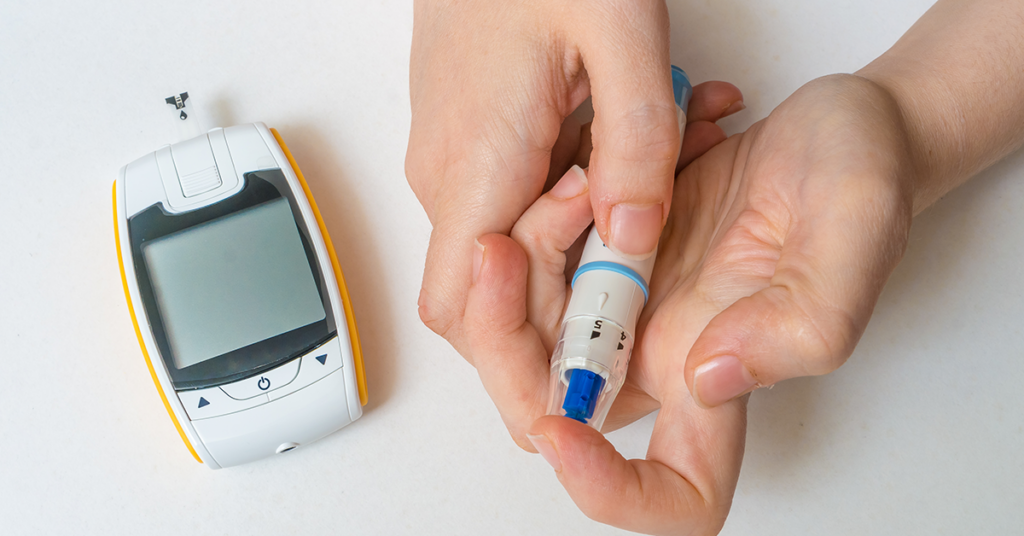
According to CDC’s 2020 National Diabetes Statistics Report, around 1.6 million people suffer from Type 1 Diabetes Mellitus (34.2 million have diabetes of any type) in the United States. This number is 30% higher than that from 2018, the rise is most noticeable in African American and Hispanic youth, which is a cause of concern.
In a country where 10.5% of its population suffers from diabetes, physicians and healthcare service providers must know the Type 1 diabetes ICD 10 codes for efficient revenue cycle management. While CPT codes are against the professional services you provide to your patients, ICD-10 helps insurance firms identify the illness or disease you are diagnosed and treated for.
What does a Type 1 Diabetes ICD 10 code consist of?
Since ICD-10 classifies the patient’s disease, it is ideal to be as specific as possible to achieve the most accurate and fair reimbursement from an insurance plan. The same goes for Type 1 diabetes ICD 10 codes, whose goal is to be as specific about the symptoms of diabetes mellitus the patient exhibits.
The ICD code can be as long as seven characters in any disease, with two decimal points (XXX.XXX.X). This number can be smaller if the maximum level of specificity is achieved before.
The first three digits identify diabetes mellitus in this case, which has a specific code to be discussed below. The next three describe the condition in further detail, such as the symptoms it accompanies, their severity, and other clinical features. Finally, the last digit after the second decimal point is largely used in pregnant women to list the number of weeks of pregnancy, or in other cases, distinguish if the visit is the first one or a follow-up.
One by one, this article will help you fill in each part of the Type 1 diabetes ICD 10 code.

Coding for different types of diabetes
As established above, diabetes mellitus is a grave issue in the United States. It is also evident by the fact that there is a separate block of it in Chapter 4, ‘Endocrine, Nutritional, and Metabolic Diseases of the ICD 10 coding guide. From the entire block of codes E00 to E89 in this chapter, E08 to E13 codes are for diabetes mellitus.
While the Type 1 diabetes ICD 10 code is E10 (not including gestational or malnutrition-related type 1 diabetes mellitus), it may be beneficial to know what the others stand for:
- E08 – Diabetes caused by comorbidities such as cancer or pancreatitis
- E09 – Diabetes caused by a drug or toxin
- E11 – Type 2 diabetes mellitus
- E12 – Diabetes caused by nutritional deficiencies
- E13 – Any other specified diabetes mellitus such as due to a surgery (pancreatectomy) complication or a genetic defect
Henceforth, when conducting Type 1 diabetes ICD10 coding, the first three digits in the seven-digit code represent the type of diabetes.
If the patient’s medical record does not specify what kind of diabetes they suffer from, you cannot use the Type 1 diabetes ICD 10 code. The Type 2 diabetes ICD 10 code (E11) is used by default in such a case and when you do not know a patient’s type of diabetes but know that they use long-term insulin.
Coding for the symptoms
In an ideal situation, if a patient’s Type 1 diabetes is controlled, it means there is no onset of unregulated blood sugar levels (no hyperglycemia or hypoglycemia) or other symptoms. In that case, the decimal point after the Type 1 diabetes code E10 is followed by a 9, which denotes the absence of any complications.
However, if you have any of the following diseases, the decimal point after E10 is followed by:
- 1 if there is ketoacidosis
- 2 if there are kidney/renal issues
- 3 if there are eye/ophthalmic issues
- 4 if there are mental/neurological problems
- 5 if there are complications with the circulatory system
- 6 if there are other identifiable issues
- 7 if there are multiple complications, and
- 8 if there are unspecified complications.
In 6, the other identifiable issues mean that the number 6 is followed by:
- 1 in the case of diabetic arthropathy
- 2 for skin issues
- 3 for oral problems
- 4 for hypoglycemia (low blood sugar level)
- 5 for hyperglycemia (high blood sugar level)
- 6 for other complications.
As for the other two numbers in Type 1 diabetes, ICD 10 code before the second decimal point elaborates on the already specified systemic issues. For example, the renal complications in E10.2 can be expanded upon as E10.21 if the kidney problem is diabetic nephropathy, E10.22 if it is diabetic chronic kidney disease, and E10.29 if it is any other diabetic kidney complication. Each identifiable issue has its code which can be found here.

Prediabetes ICD 10 coding
The CDC report deduced that 7.3 million of the 34.2 million people with diabetes were not even aware that they suffered from it until the tests for this survey.
When you encounter someone, you need to screen for type 1 Diabetes via an oral glucose tolerance test, blood glucose measurement, or an HBA1C test; you cannot use the Type 1 diabetes ICD 10 code discussed above.
A Z code is used for prediabetes ICD 10 coding for these screening services in patients who display the risk factors for diabetes, the only two acceptable ones being high blood pressure (hypertension) and obesity. Z codes also cover counseling services in a way that:
- Z71.3 is used for dietary guidance and monitoring
- Z71.89 for fitness and exercise-related counseling
- Z96.41 if an insulin pump is provided
- Z46.81 if you counsel them upon the fitting, adjustment, removal, and operation of the said pump, and
- Z79.4 for long-term usage of insulin.
Coding for pregnant women with diabetes
A pregnant woman with Type 1 diabetes will not be coded for by the same E10 type 1 diabetes ICD 10 code used for other individuals. They are first assigned a code from the O24 series, depending on the type of diabetes, such as:
- O24.429 for gestational diabetes
- O24.01 for pre-existing Type 1 diabetes
- O24.11 for pre-existing Type 2 diabetes
- O24.410 for gestational diabetes mellitus that is controlled by diet
- O24.4104 for gestational diabetes mellitus that is controlled by insulin
They may further be assigned a code from the EXX series detailed above to elaborate upon the specificity of their condition.
See Also: ICD 10 CM Coding Guidelines Healthcare Providers Should Know
The bottom line
Given how prevalent Type 1 diabetes is in the United States and the world, knowing how to use Type 1 diabetes ICD 10 codes is necessary for any healthcare practice. All diabetic patients are first assigned a primary code highlighting their type of diabetes and then a second one to represent their status and comorbidities. This article should have equipped you with sufficient knowledge to code for Type 1 diabetes, but if you wish to focus on your patient care solely, our super efficient healthcare management solution can do that for you.







No comment yet, add your voice below!